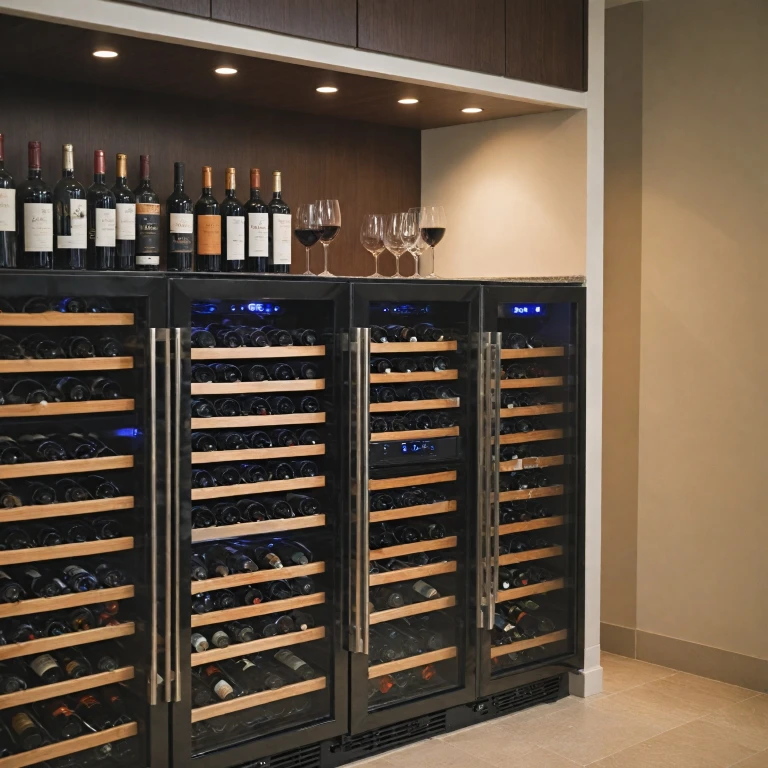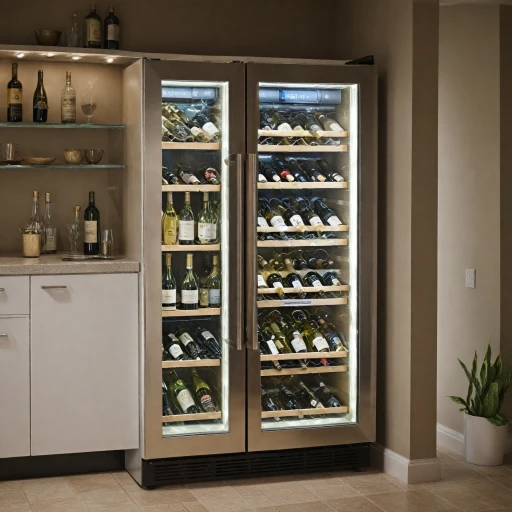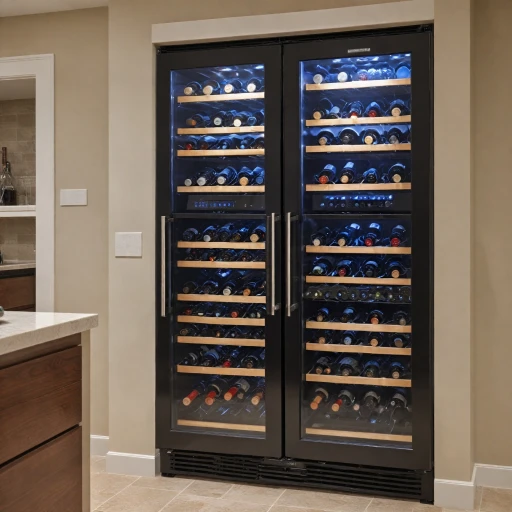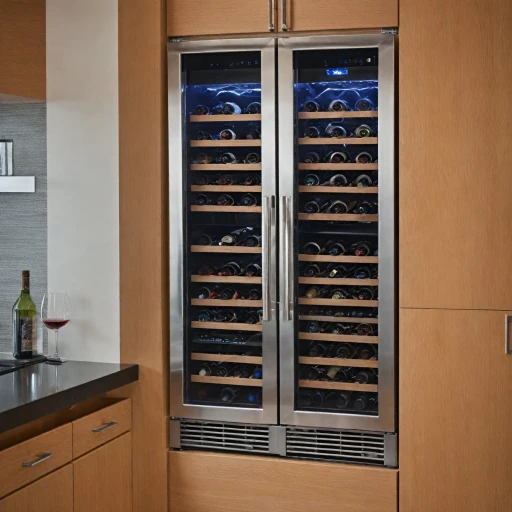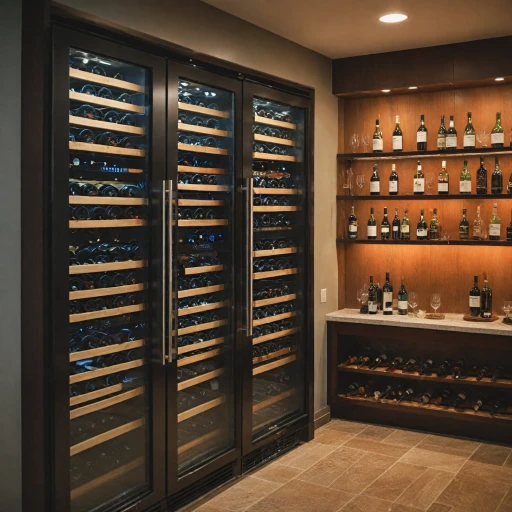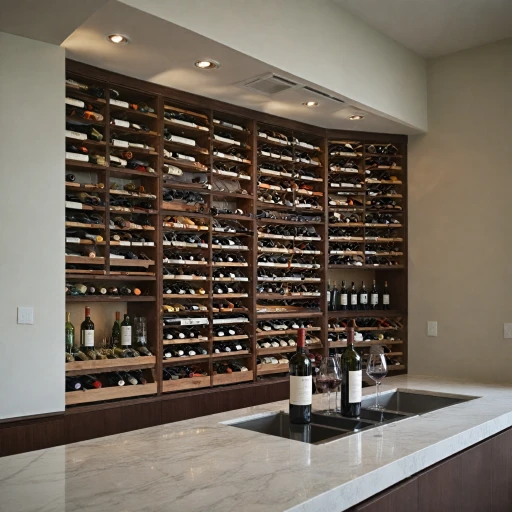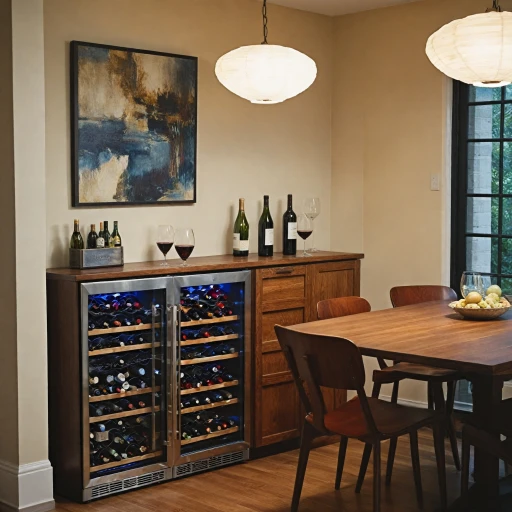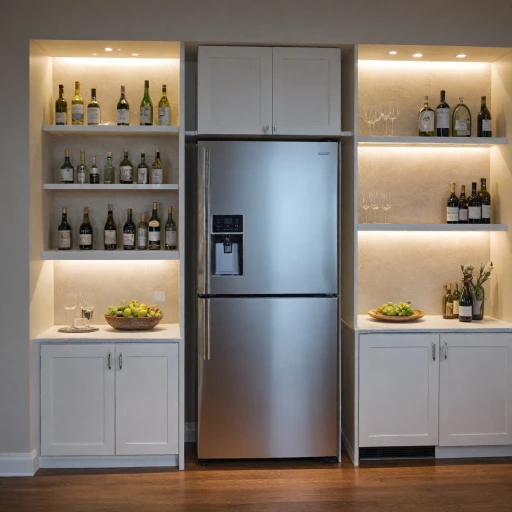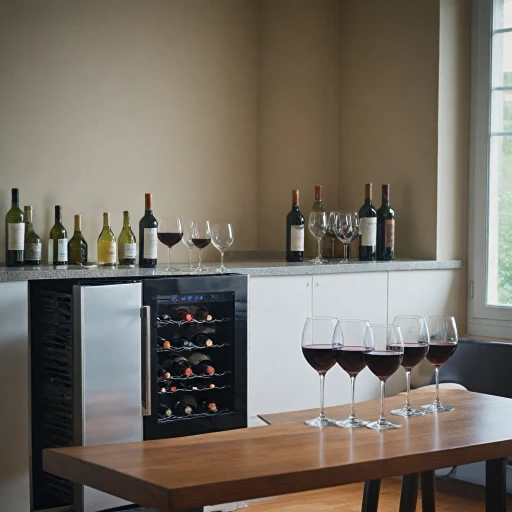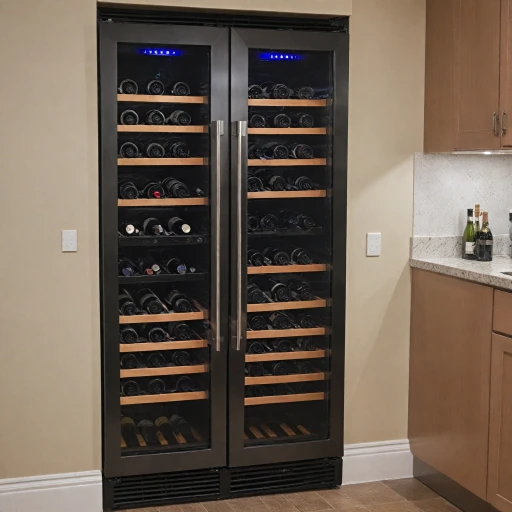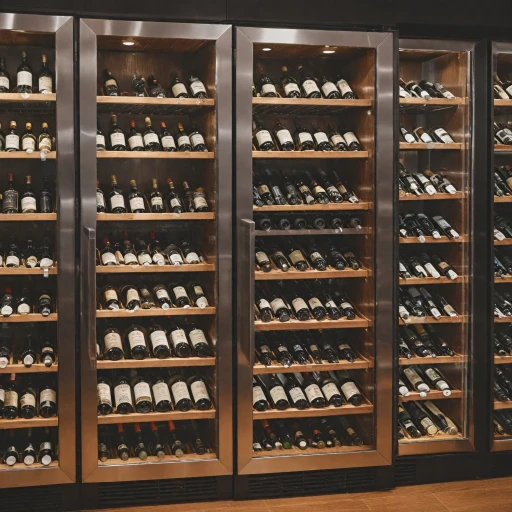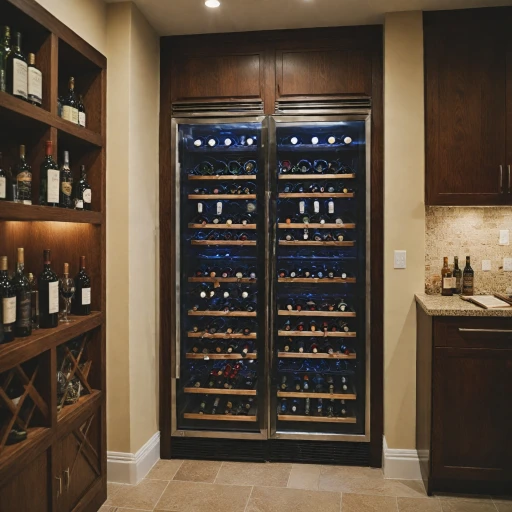
Understanding Red Wine Varieties
Exploring the Diversity of Red Wines
Understanding the variety of red wines is crucial for optimal wine storage and serving. Red wines come in a wide range of flavors, textures, and body types, each requiring specific storage conditions to maintain their quality. From light-bodied to full-bodied, each type of red wine has its own ideal storage temperature.
Light-bodied red wines, such as Pinot Noir, are typically best stored at slightly cooler temperatures compared to their full-bodied counterparts like Cabernet Sauvignon or Syrah. This is because lighter wines are more delicate and can lose their subtle flavors if stored too warm. On the other hand, full-bodied red wines benefit from a slightly warmer storage temperature to enhance their rich flavors and aromas.
When considering how to store your red wines, it's important to recognize the role of your wine fridge or wine cooler. These appliances are designed to maintain the perfect temperature range for your wine collection, ensuring that each bottle is stored at its optimal temperature. Whether you have a dual zone wine fridge or a single zone cooler, understanding the specific needs of your red wines will help you make the most of your wine storage solution.
In the following sections, we'll delve deeper into the science behind wine storage and how to adjust your wine fridge settings to achieve the best results for your red wines. By avoiding common mistakes and maintaining your wine fridge properly, you can ensure that your red wines are always served at their best.
The Science Behind Wine Storage
Storing wine at the right temperature ensures its flavors, aromas, and quality are preserved. Understanding the science behind wine storage will help you achieve just that. Temperature plays a pivotal role in the delicate balance of wine's nuanced characteristics and the overall storage process.
The Interplay of Chemistry and Temperature
Wine's complex composition, including tannins, alcohols, sugars, and acids, can all be impacted by storage temperature. High temperatures can accelerate the aging process, potentially causing the wine to taste overly mature or even spoiled. Conversely, cooler temperatures might suppress development, leading to a wine that tastes closed or lacks depth.
In a perfect storage environment, the temperature remains consistent, preventing expansion and contraction of the wine within its bottle. Temperature fluctuations are more harmful than steady, slightly suboptimal conditions. This consistency helps maintain the wine's integrity, preserving its intended characteristics.
Temperature Zones in Wine Coolers
Many modern wine fridges and coolers offer dual-zone options, allowing you to store red and white wines at their optimal temperatures in one unit. This feature is essential for those who appreciate a variety of wines, as it ensures that each type is stored under conditions tailored for preserving their unique qualities.
For instance, a typical dual-zone wine cooler may allow you to set one compartment to the ideal storage temperature for full-bodied red wines, while the other zone is adjusted for the typically cooler storage needs of white wines.
To read more about optimizing your wine cooler for perfect storage, you can explore our comprehensive guide on optimizing your wine cooler.
Ideal Temperature Range for Red Wine
Setting Your Wine Fridge: Temperature Matters
To appreciate the full complexity and flavors of your red wines, it's crucial to store these wine bottles at the correct temperatures. Unlike white wines which are often served chilled, red wines tend to reveal their best character when maintained at slightly warmer fridge temperatures. By ensuring that your wine fridge is adequately set, you can savor the nuances of each red wine variety, be it a light-bodied Pinot Noir or a more intense full-bodied Cabernet Sauvignon.
Generally, the ideal temperature range for storing red wine lies between 50 to 65 degrees Fahrenheit. However, these wines should be served at a slightly warmer range. For example, a lighter-bodied red wine might reveal its fresh and fruity notes best when served at around 55 degrees, whereas a full-bodied red might flourish at closer to 65 degrees. It’s key to understand these differences so you can adjust your fridge settings accordingly, considering your personal storing and wine serving preferences.
It's worth mentioning that investing in a dual zone wine cooler can prove beneficial if you frequently store both reds and whites. With a dual zone wine fridge, you have the flexibility to maintain distinct temperature zones, optimizing the wine cabinet plans tailored to your collection.
Adjusting Your Wine Fridge Settings
Fine-Tuning Your Wine Cooler Settings
Ensuring that your wine fridge maintains optimal conditions is vital for preserving the distinct flavors of your red wines. Adjusting your wine cooler or fridge settings appropriately can make a noticeable difference in how your wine is served and enjoyed. Understanding the mechanics behind wine storage will guide you towards making necessary adjustments. A few crucial tips for adjusting settings:- Temperature Control: Set your wine fridge to a temperature range between 12°C to 19°C (54°F to 66°F) for red wines. This range helps maintain the integrity of both the flavors and body of the wine.
- Single vs. Dual Zone Fridges: If you own a dual zone wine cooler, dedicate one zone for red wines and the other for white wines. Red wines thrive at slightly higher temperatures, whereas white wines require cooler settings.
- Consistency is Key: Maintaining a consistent fridge temperature minimizes the risk of spoilage that might result from fluctuations. This is particularly crucial for fuller-bodied red wines, which can be more delicate when stored inappropriately.
- Avoid Room Temperature Storage: Red wines that are stored at room temperature often lose their complexity and can taste flat. Wine should ideally be served slightly cooler than room temperature.
Common Mistakes in Wine Storage
Frequent Missteps in Preserving Your Wine's Quality
Proper wine storage is pivotal to maintaining the integrity and flavor profile of both red and white wines. However, various common mistakes can lead to suboptimal storage conditions, affecting the taste and longevity of your collection.
A frequent oversight is neglecting to adjust the temperature settings based on the variety of wines you own. Red wines, especially full bodied ones, require slightly warmer conditions than white wines, and failing to store them at their ideal temperature range can impact their quality. Ensure your wine fridge is set to the appropriate temperature degrees for each type.
Another common error stems from not utilizing a dual zone wine cooler when needed. If you're storing both white and red wines in the same fridge, invest in a dual zone cooler to allow distinct temperatures for each category, ensuring each wine is stored and served at its best.
Additionally, it's a mistake to fill the wine fridge beyond its capacity. Overcrowding inhibits proper air circulation which is critical for maintaining a consistent storage temperature. To ensure your wines are stored properly, avoid overloading and allow for some space around each bottle.
Ignoring the importance of the right humidity level can also be detrimental. While wine temperature is key, humidity plays a role in preserving the cork and preventing wine spoilage. Make sure your wine cooler can maintain sufficient humidity to support bottle longevity.
Lastly, it’s a common misconception that wines can be stored at room temperature for extended periods. Long term storage at room temperature can harm the wine's flavor profile. Always store your wines in an environment that emulates wine cellar conditions to keep them at their finest.
Being mindful of these frequent mistakes in wine storage will enhance your wine serving experience and prolong the life of your treasured bottles.
Maintaining Your Wine Fridge
Ensuring Your Wine Fridge Stays in Top Condition
Maintaining your wine fridge effectively is crucial to preserve your wine collection, including both red wines and white wines, at their optimal serving temperature. Here are some practical tips:- Regular Cleaning: Dust and debris can accumulate on the coils and filters of your wine cooler. Dust off these components regularly to ensure efficient temperature control.
- Check the Seal: The door seal plays a vital role in maintaining the temperature range inside the wine fridge. Ensure that it is airtight to avoid fluctuations in storage temperature, which could negatively impact your wines.
- Monitor Humidity Levels: While temperature is vital, don't overlook the importance of humidity. Maintaining appropriate humidity levels will prevent corks from drying out, which is essential for long-term storage.
- Avoid Overloading: Overloading your wine cooler can obstruct air circulation, affecting the stability of the storage temperature. Ensure there's enough space for air to move freely between the bottles.
- Adjust for Seasonal Changes: If your wine fridge is in a room that experiences significant temperature changes, it’s wise to monitor and adjust the fridge settings accordingly. This helps both full bodied reds and lighter bodied wines maintain their ideal serving temperature.
- Annual Servicing: Consider scheduling an annual check-up with a professional to ensure your wine fridge is in optimal condition.
